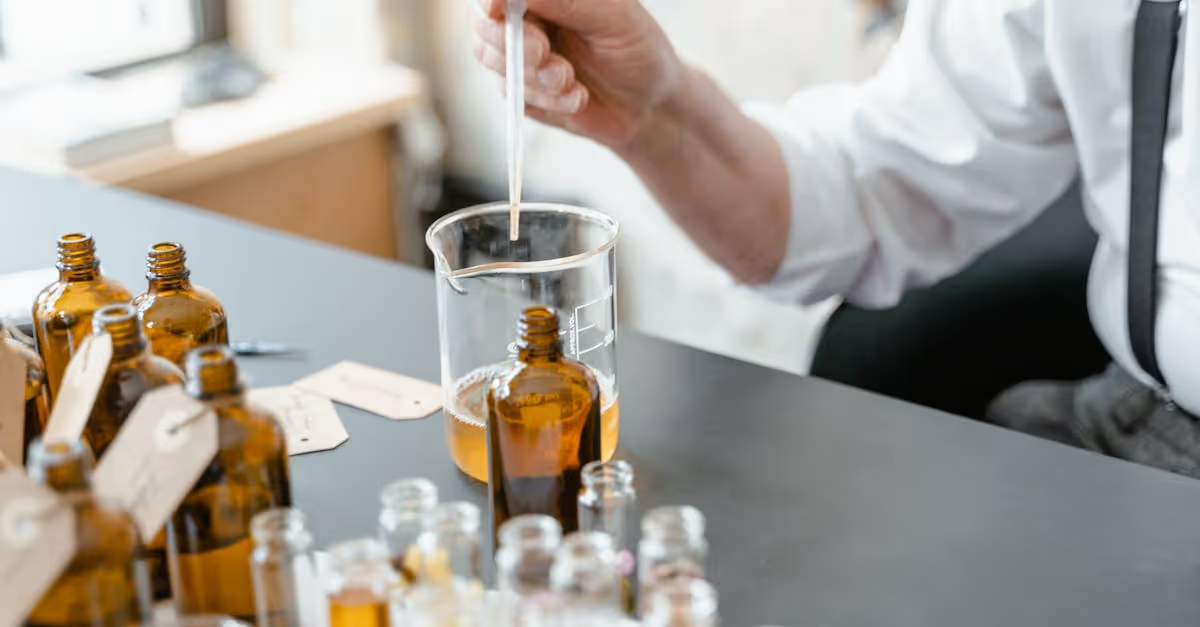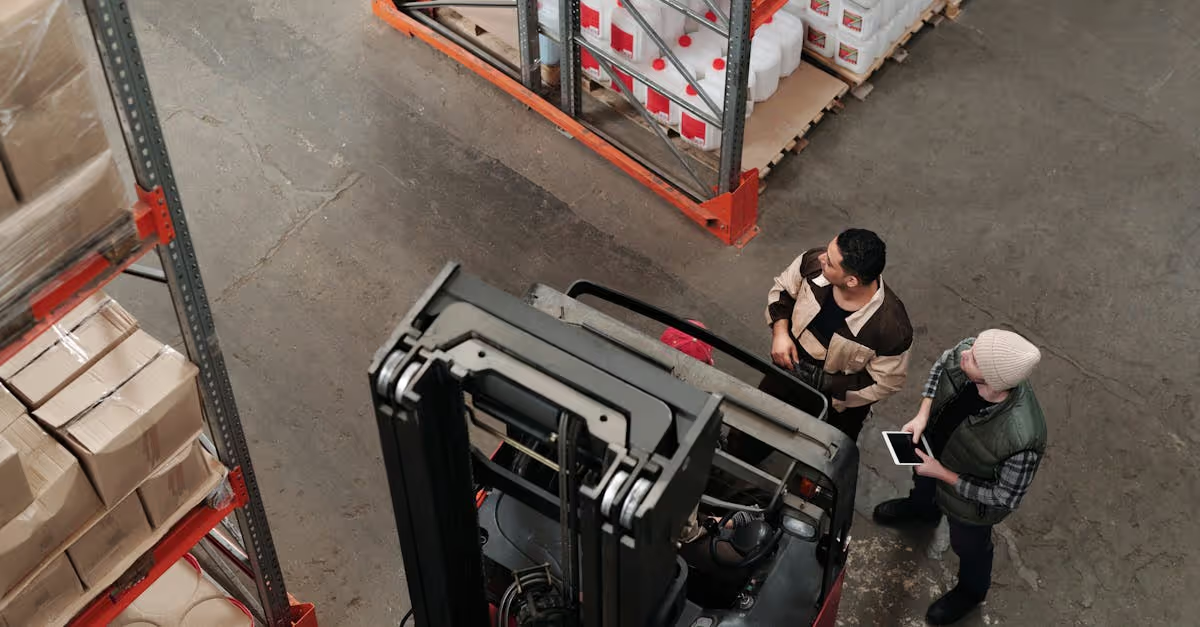Key Takeaways
- Proper chemical balance in pools is essential for health and safety, influencing water clarity and swimmer comfort.
- Key factors to monitor include pH levels (ideally 7.2 to 7.8), chlorine for sanitation, and alkalinity to stabilize pH.
- Imbalanced chemicals can lead to health risks like skin irritation and eye discomfort, as well as damage to pool equipment.
- Regular testing (at least weekly) and appropriate chemical additions help maintain optimal water conditions and extend the lifespan of pool systems.
- Using proper sanitizers and algaecides is crucial to prevent algae growth and industry-accepted bacteria levels, ensuring a safe swimming environment.
- Incorporating automated testing tools can streamline chemical monitoring, enhancing pool enjoyment with minimal hassle.
When it comes to pool maintenance, one key factor often gets overlooked: chemical balance. Did you know that nearly 50% of pool owners struggle with maintaining the right chemical levels? This oversight can lead to a range of issues, from algae growth to skin irritation, making it essential for us to prioritize proper chemical management.
Maintaining the right pH, chlorine, and alkalinity levels not only keeps our pools sparkling clean but also ensures a safe swimming environment for everyone. By understanding the importance of chemical balance, we can prevent costly repairs and health risks, making our pool experience enjoyable and worry-free. Let's dive into why this balance is crucial for our pool's health and safety.
Importance of Chemical Balance in Pools
Chemical balance plays a crucial role in pool maintenance. Properly balanced water keeps our pools clean, safe, and enjoyable for everyone.
Understanding Chemical Balance
Chemical balance involves maintaining optimal levels of pH, chlorine, and alkalinity in our pools. pH measures how acidic or basic the water is. Ideal pH levels range from 7.2 to 7.8. Chlorine keeps our pools sanitized by killing harmful bacteria and algae. Alkalinity acts as a buffer, helping to stabilize pH levels. Ignoring these factors can lead to problems like algae growth, skin irritation, and equipment damage. Remember that overlooking chemical balance can create a pool that resembles a swamp more than a refreshing oasis.
Benefits of Proper Chemical Levels
Maintaining proper chemical levels yields several benefits. First, clean and safe water promotes a healthy swimming environment. This helps avoid irritation and infections, keeping our family and friends safe. Second, balanced water helps extend the lifespan of pool equipment. Mismanaged levels can corrode or damage pumps, filters, and heaters, leading to costly repairs. Lastly, maintaining proper levels can save us time and money. Regular monitoring means fewer unexpected headaches and expenses.
Common Pool Chemicals
Maintaining the right chemical balance in our pools starts with understanding the common chemicals involved. Each plays a vital role in keeping our swimming environment clean and safe.
Sanitizers
Sanitizers are crucial for keeping pool water free from harmful bacteria and algae. Chlorine remains the most popular sanitizer, effectively killing pathogens and ensuring clear water. Alternatives like bromine also serve this purpose, especially in indoor pools where chlorine odors can be overwhelming. Regular testing of sanitizer levels ensures they stay within the recommended range, typically 1 to 3 parts per million for chlorine. When we neglect sanitizers, we open the door to murky waters and unwelcome odors, which nobody wants during a summer barbecue.
pH Adjusters
pH adjusters maintain proper acidity levels in our pool water, essential for both swimmer comfort and equipment longevity. Ideal pH levels range between 7.2 and 7.8. When the pH dips below this range, water becomes acidic—leading to skin irritation and corrosion of pool equipment. Conversely, high pH can cause cloudy water. Testing strips or kits help monitor these levels easily. Adjusters like sodium bicarbonate raise pH, while muriatic acid lowers it. By keeping pH balanced, we enjoy a pleasant swimming experience and prolong the life of our pool systems.
Algaecides
Algaecides help combat algae growth, which can turn our pools into green swamps if left unchecked. These chemicals work alongside sanitizers to prevent algae blooms. We can choose from various types, such as copper-based or quaternary ammonium compounds. Regularly using algaecides, especially during warm months, keeps algal growth at bay. Remember to follow treatment instructions to avoid chemical imbalances. No one wants to tell their neighbors they’ve added 'green monster' to their pool’s nickname.
By understanding these common chemicals, we can better care for our pools, ensuring safe and enjoyable swimming experiences for everyone.
Consequences of Imbalanced Chemicals
Maintaining proper chemical balance in our pools is critical. Imbalance leads to various issues that affect both health and equipment.
Health Risks
Imbalanced pool chemicals pose significant health risks. Skin irritation occurs from low pH levels, giving swimmers an uncomfortable experience, while high levels can lead to itchy, dry skin. Eyes suffer from chlorine imbalance too, resulting in redness and discomfort after swimming. Additionally, unbalanced chlorine levels create an inviting environment for harmful bacteria and algae. We all want a safe swimming experience—nobody wants to swim in a pool filled with unwanted germs. Regular testing and adjusting of pH and chlorine levels help create a safe haven for recreational swimming, free from these health concerns. Regular testing kits are easily accessible, making it simple for us to ensure our pools stay healthy.
Damage to Pool Equipment
Imbalanced chemicals don't just affect our health; they can wreak havoc on pool equipment too. Low pH levels corrode metal components, leading to faster wear and damage. Scum can build up that clogs filters and pumps, resulting in costly repairs. High alkalinity can lead to scale buildup, which affects both the aesthetics and functionality of our systems. Protecting our investment through proper chemical balance not only extends the lifespan of equipment but also saves us money in the long run. Simple steps like regular testing and using suitable pool chemicals help maintain our pool’s infrastructure and efficiency. After all, who wants to deal with surprise plumbing bills instead of enjoying sunny days by the water?
Best Practices for Maintaining Chemical Balance
Maintaining proper chemical balance is vital for pool health and safety. Following best practices keeps our pools inviting and enjoyable.
Regular Testing
Testing pool water regularly is essential for monitoring chemical levels. We recommend testing at least once a week, or more frequently during heavy use or after heavy rainfall. Testing kits are available at local pool supply stores, making it easy for us to check pH, chlorine, and alkalinity levels.
For example, if pH levels are too low, the water becomes acidic and can irritate skin and eyes. If the levels are too high, it affects chlorine effectiveness. Our target range for pH is 7.2 to 7.8. Keeping a chemical log helps us track changes over time, simplifying adjustments.
Consider incorporating automated testing solutions. Some modern pools offer smart technology that continuously monitors chemical levels and alerts us when adjustments are needed. Isn’t that a great way to maximize our pool enjoyment without constant worry?
Appropriate Chemical Addition
Adding chemicals correctly is crucial for maintaining balance. We must follow the manufacturer’s instructions carefully and add chemicals separately rather than mixing them. Mixing can lead to dangerous reactions, potentially harming our pools.
When we add chlorine, doing so in the evening or early morning maximizes its effectiveness. This prevents UV rays from breaking it down too quickly. Remember, adding stabilizers can help extend chlorine’s life in the water.
Also, consider using a chemical dispersal tool for even distribution. This ensures proper circulation and minimizes localized over-concentration of chemicals. By following these steps, we can enjoy a clean, safe pool without the hassle of imbalanced water.
By actively keeping our pools balanced through regular testing and proper chemical addition, we create better swimming conditions for ourselves and our guests.
Conclusion
Maintaining proper chemical balance is vital for the health and safety of our pools. By taking the time to regularly test and adjust chemical levels we ensure a clean and enjoyable swimming environment. This proactive approach not only protects our health but also extends the lifespan of our equipment.
Investing in the right chemicals and monitoring practices can save us from costly repairs and health risks down the line. Let's commit to prioritizing chemical balance so we can enjoy our pools to the fullest while keeping our families safe. A little effort goes a long way in creating a sparkling oasis right in our backyards.
Frequently Asked Questions
Why is chemical balance important for pool maintenance?
Maintaining chemical balance is crucial to prevent issues like algae growth, skin irritation, and equipment damage. Proper levels of pH, chlorine, and alkalinity are essential for a clean and safe swimming experience.
What are the ideal pH levels for pool water?
The ideal pH levels for pool water range from 7.2 to 7.8. Keeping pH within this range ensures swimmer comfort and protects pool equipment from damage.
How does chlorine help in pool maintenance?
Chlorine acts as a sanitizer that eliminates harmful bacteria and algae in pool water. This is vital for maintaining a safe swimming environment.
What are the consequences of imbalanced pool chemicals?
Imbalanced chemicals can lead to health risks like skin irritation and eye discomfort, as well as damaging pool equipment through corrosion or clogging.
How often should I test my pool water?
It’s recommended to test your pool water at least once a week, or more frequently if the pool is heavily used or after rainfall.
What tools are recommended for testing pool chemicals?
Testing kits are widely available at local pool supply stores. Automated testing solutions are also an excellent option for simplified and accurate monitoring.
What should I avoid when adding chemicals to my pool?
Avoid mixing different chemicals, as this can cause dangerous reactions. Always follow manufacturer instructions for proper application and dosage.
When is the best time to add chlorine to my pool?
The best times to add chlorine are during the evening or early morning. This allows it to work more effectively and reduces loss due to sunlight exposure.
What role do algaecides play in pool maintenance?
Algaecides are essential for preventing algae growth, especially during warmer months. Regular use can help ensure clear and safe pool water.
How can I track changes in my pool's chemical levels?
Keeping a chemical log is effective for tracking changes in your pool's chemical levels over time. This helps you identify trends and make informed adjustments.






